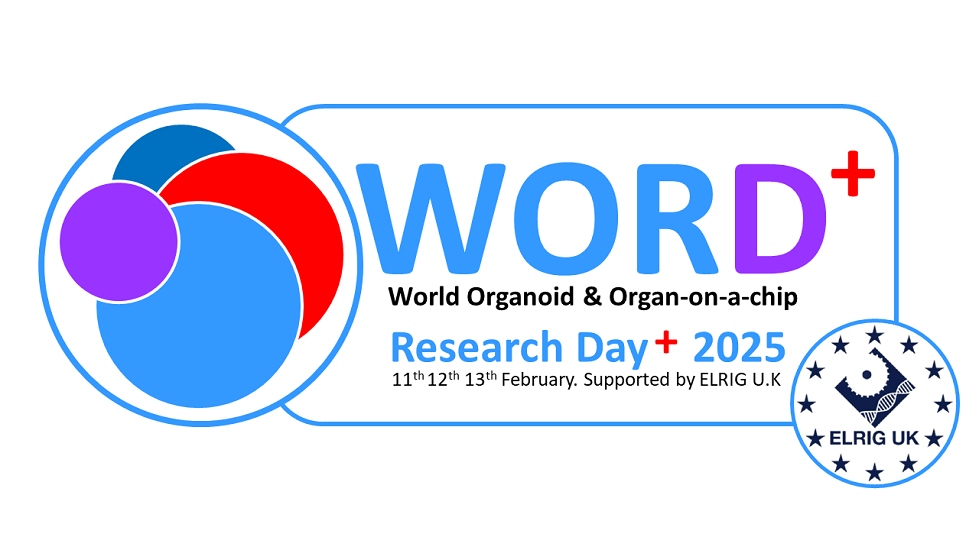Authors
C Caygill1; RC Lopeman1; KA Lewis1; E Richardson2; T Kostrzewski2; SH Pennington1; GA Biagini1;
1 Liverpool School of Tropical Medicine, ; 2 CN Bio, UK
Overview
The coronavirus disease 2019 (Covid-19) pandemic had an immense impact on human health and the economy.
Traditional in vitro immortalised cell culture models are unable to effectively replicate complex tissues and human physiological environments.
We have therefore undertaken experiments to compare SARS-CoV-2 infection in an MPS and a traditional "static" model to characterise the differences in infection dynamics between to two models.
Introduction
Dynamic microphysiological systems (MPS) have the potential to bridge the knowledge gap between traditional in vitro models and human clinical trials to enable us to understand SARS-CoV-2 infection and identify effective therapeutics.
We have therefore undertaken experiments to compare SARS-CoV-2 variant infection in a MPS (CN-Bio’s PhysioMimix™) lung-on-a-chip (LOC) and ‘static’ primary lung cells grown without MPS.
Methods
A "static" and MPS co-culture lung-on-a-chip model was differentiated for 12 days. After 12 days LOC's were infected with SARS-CoV-2 variants at an MOI of 1 or 0.01. Apical surface washes were collected on days 0, 2, 4 and 7 post-infection for viral quantification (plaque and qPCR) and cytokine profiling. At the experimental end-point cells were harvested for gene expression analysis on NanoString nCounter or fixed with 4% PFA for IF imaging.
Results
The rate of infection was similar across all variants investigated, and in both the static and MPS LOC models. Overall, the static LOC showed the most gene expression changes following infection with SARS-CoV-2 compared to the MPS model. Delta resulted in the most gene expression changes in either model compared to pre-Alpha and Omicron.
Delta causes greater damage in the static LOC, compared to MPS - different morphology in MPS may give tissues more protection from SARS-CoV-2
Conclusion
These LOC models have the utility to be implemented to understand the pathogenesis of numerous infectious diseases beyond SARS-CoV-2. As well as being used to identify novel therapeutics against emerging and current pathogens of concern. Further analysis of gene expression data is underway to identify specific genes/pathways which are involved in SARS-CoV-2 infection in a static vs MPS LOC. Cytokine panel analysis will also be conducted to understand the LOC’s host response to infection.

